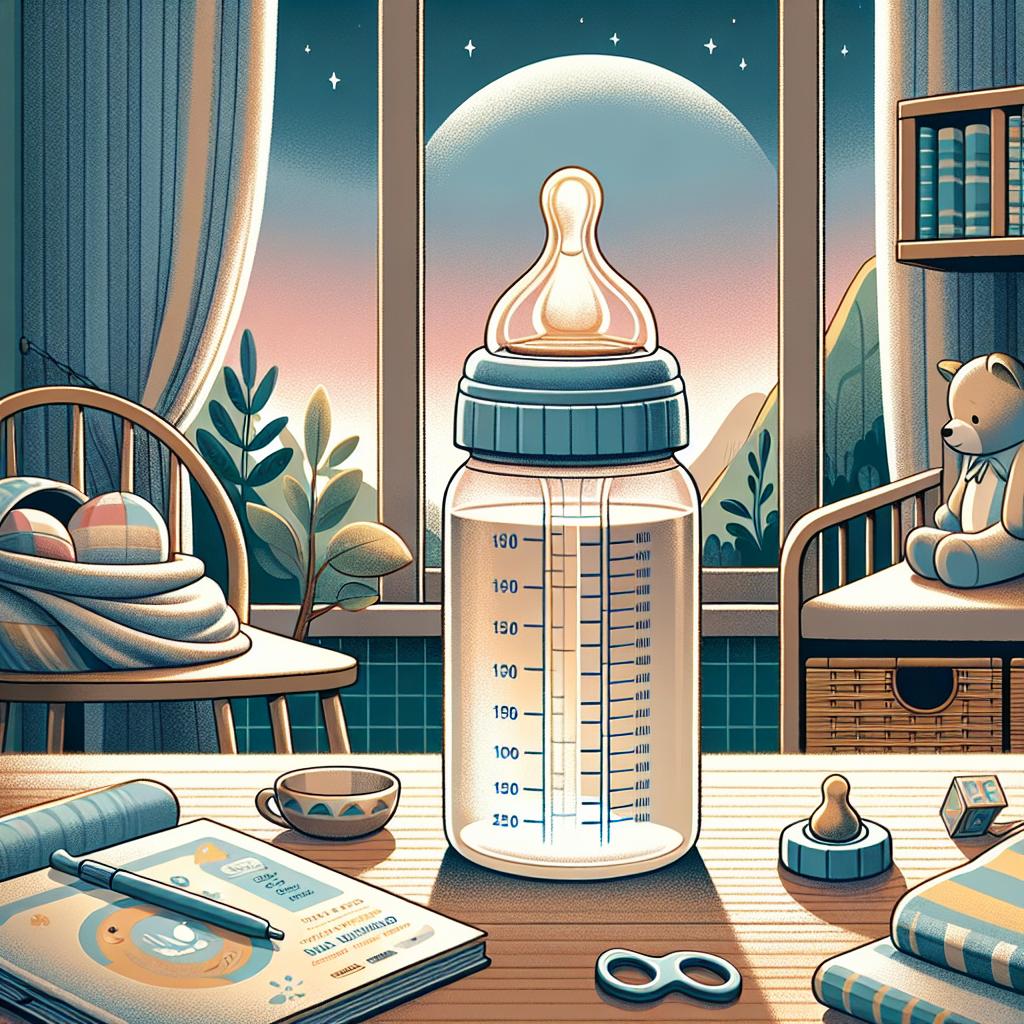Understanding Biomimetic Feeding
Biomimetic feeding is a relatively new concept in baby nutrition that is quickly gaining popularity among new parents. It revolves around the idea of mimicking a mother’s breast in infant feeding products to make the transition between breast and bottle-feeding seamless. This means choosing feeding products designed to closely imitate a mother’s breast in both form and function. This method can not only provide a more natural and familiar feeding experience for your baby but also reduce common feeding challenges like bottle rejection or nipple confusion.
Top Biomimetic Feeding Brands
Several brands have excelled in the production of biomimetic feeding products. Here are some of them:
1. Nanobébé: Nanobébé’s feeding products are designed with a purpose beyond just feeding; they work to preserve precious breast milk nutrients. Their ergonomic shapes are modeled after a mother’s breast, making feeding easier for both baby and parent.
2. Comotomo: Comotomo is known for its soft, skin-like silicone baby bottles. These bottles mimic breastfeeding very closely, helping to combat issues like bottle rejection and nipple confusion. Check out more about Comotomo’s innovative approach to bottle feeding in this blog.
3. Tommee Tippee: Tommee Tippee’s “Closer to Nature” bottles are designed to closely mimic the natural flexing and movement of a mother’s breast. This design seeks to make bottle feeding as similar to breastfeeding as possible.
4. Philips Avent: Philips Avent’s Natural baby bottle features a creatively designed breast-shaped nipple for a more natural latch, just like with breastfeeding. This detailed guide explores the latest innovations in biomimetic feeding by Philips Avent.
Other High-Quality Feeding Brands
While the following brands are excellent in their offerings, they may not specifically focus on the biomimetic aspect of feeding. However, they are worth mentioning for their quality solutions:
– Playtex Baby: They emphasize practical feeding solutions that may not mimic the breast closely but are designed with moms in mind, featuring disposable liners for easy clean-up.
– Dr. Brown’s: They focus more on providing anti-colic solutions through a patented vent system.
– MAM Baby: They specialize in baby products, with design innovations that make use easier and promote developmental benefits.
Holistic Approach to Feeding
Choosing feeding products should be a holistic exercise that considers various factors such as the baby’s comfort, ease of use, and nutritional value. Understanding your baby’s needs and preferences can be instrumental in making the right choice. Biomimetic options offer a favorable approach as they consider all these factors, making feeding enjoyable, natural, and effective.
Remember, every baby is different, and what works for one may not work for another. So, keep experimenting, take cues from your baby, and don’t hesitate to switch things up if something isn’t working. Above all, trust your instincts—you know your baby best.
Whether you’re considering biomimetic or traditional feeding products, remember that the ultimate goal is to ensure your baby is well-fed and happy. Here’s a starter kit to help kickstart your feeding journey with a selection of high-quality products curated by experts. Happy feeding!
Biomimicry and Its Impact on Baby Bottle Designs
When I first ventured into the realm of biomimicry, I found it remarkable that principle changes our perception of how things should be designed. The concept of biomimicry is inspired by the way nature has perfected mechanisms over millions of years. Let’s take the example of the mother’s breast in infant feeding as discussed above.
Applying the concept of biomimicry to feeding products has enabled manufacturers to create baby bottles that closely resemble a mother’s breast — in form and function. This concept, for me, has made the transition from breast to bottle feeding much smoother for my own child. And it gives me immense joy to see this positive transformation in my baby’s feeding habits.
The technological integration yielded products, which performed more than their standard functionality of just feeding a baby. This innovative design and format have led to substantial contributions to improving babies’ health by preserving nutrients in the breast milk. Furthermore, it also solves common issues linked to traditional feeding methods, such as nipple confusion or bottle rejection.
Transformations witnessed through Value-Based Optimization
The key to a product’s success lies in its value addition to the customer’s life. This is where value-based optimization comes into play. In my journey with biomimetic feeding, I’ve noticed significant positive transformations due to this approach. The core principle of value-based optimization is to improve the end-user experience, to make the product or service more substantial and beneficial for the user. In the case of biomimetic feeding, having an optimized value brings about an elevated feeding experience for both the parent and the baby.
A great instance of this would be the Classic Baby Bottle by Emulait. It not only provides a natural and familiar feeding experience to the baby, but also made the cleaning process easier for parents with its wide openings and minimum parts to clean.
Implementing this optimization process, these feeding products began decreasing instances of common feeding challenges, enhancing various elements of user experience. For the babies, the chief benefits include the reduced likelihood of nipple confusion and bottle rejection, thanks to the resemblance to a natural mother’s breast both in form and function.
Value Addition to Parent’s Life – A Personal Anecdote
From my personal experience, being a parent is rewarding, but it also comes with its challenges. Products that take away some of the stress are always welcome. Traditional feeding bottles, for instance, may not seem complicated. Yet, in reality, prove quite challenging to use efficiently.
Take the example of the struggle with cleaning the leftovers in the narrow corners of typical baby bottles or feeding-induced colic due to improper bottle design. The innovative design and functionalities of biomimetic products curtailed these common problems.
This, in turn, meant fewer tantrums from my baby, a more natural feeding process, and easier cleaning & maintenance of feeding products for me. This direct and meaningful impact emphasized the transformative power of value-based optimization in product design and user experience.
Continued Evolution of Feeding Products
The massive progress in biomimicry and value-based optimization in feeding products has already brought considerable improvements. Yet, as we delve deeper into the biomimetic concept, there’s a realm of possibilities waiting to be explored.
I believe, based on my personal experience, that the continuous evolution of feeding product designs catering to both the parents’ and baby’s needs will take this innovative evolution even further. After all, just like in nature, in product design too, there is always room for growth and improvement.






